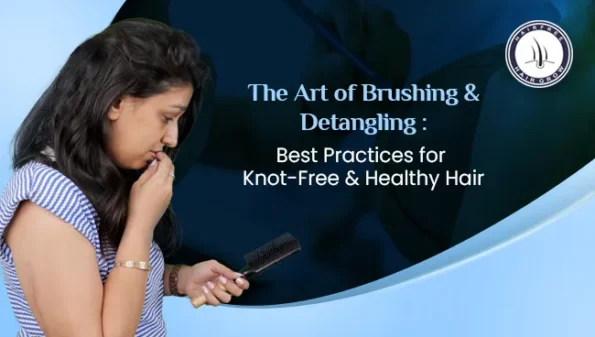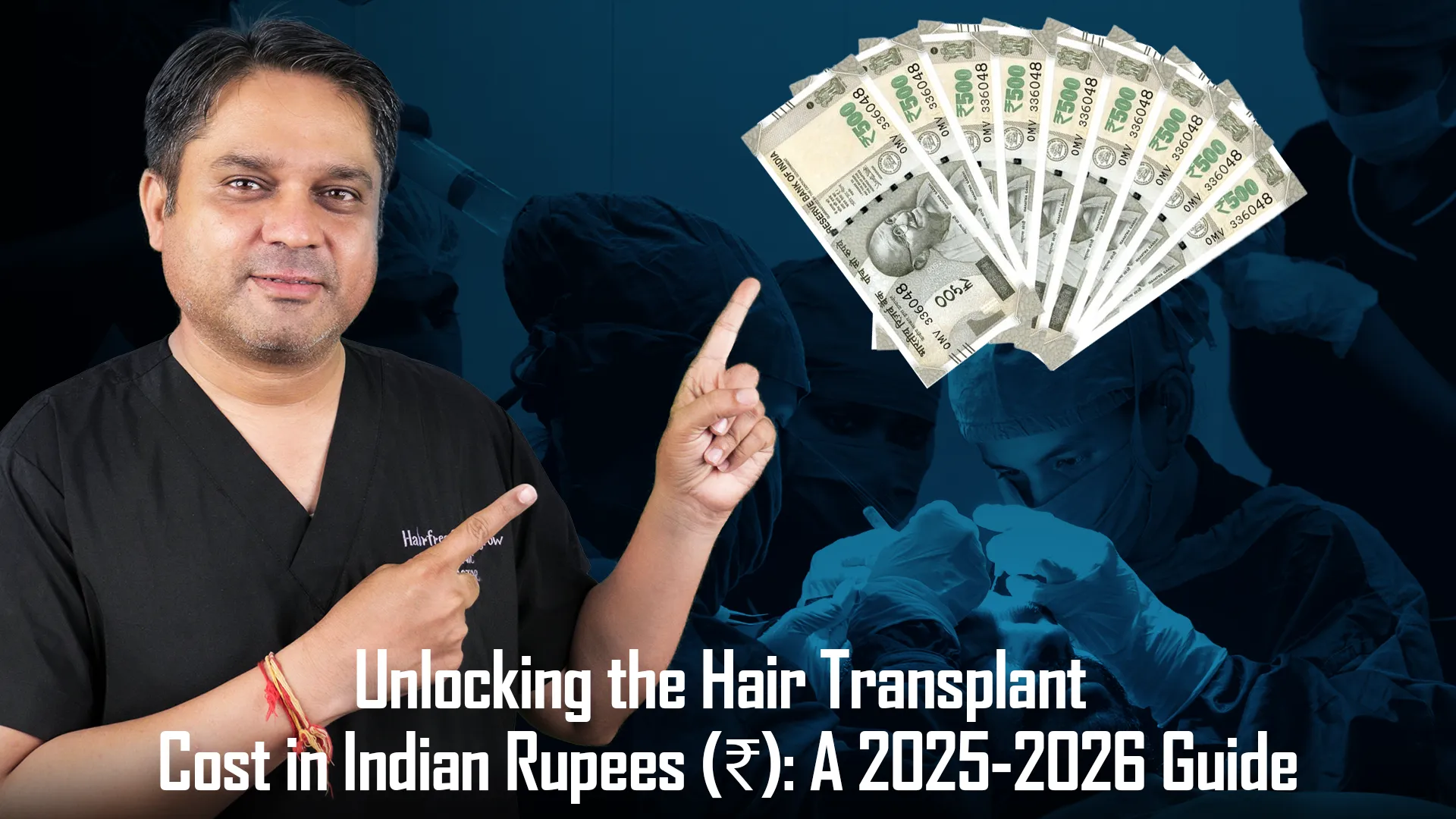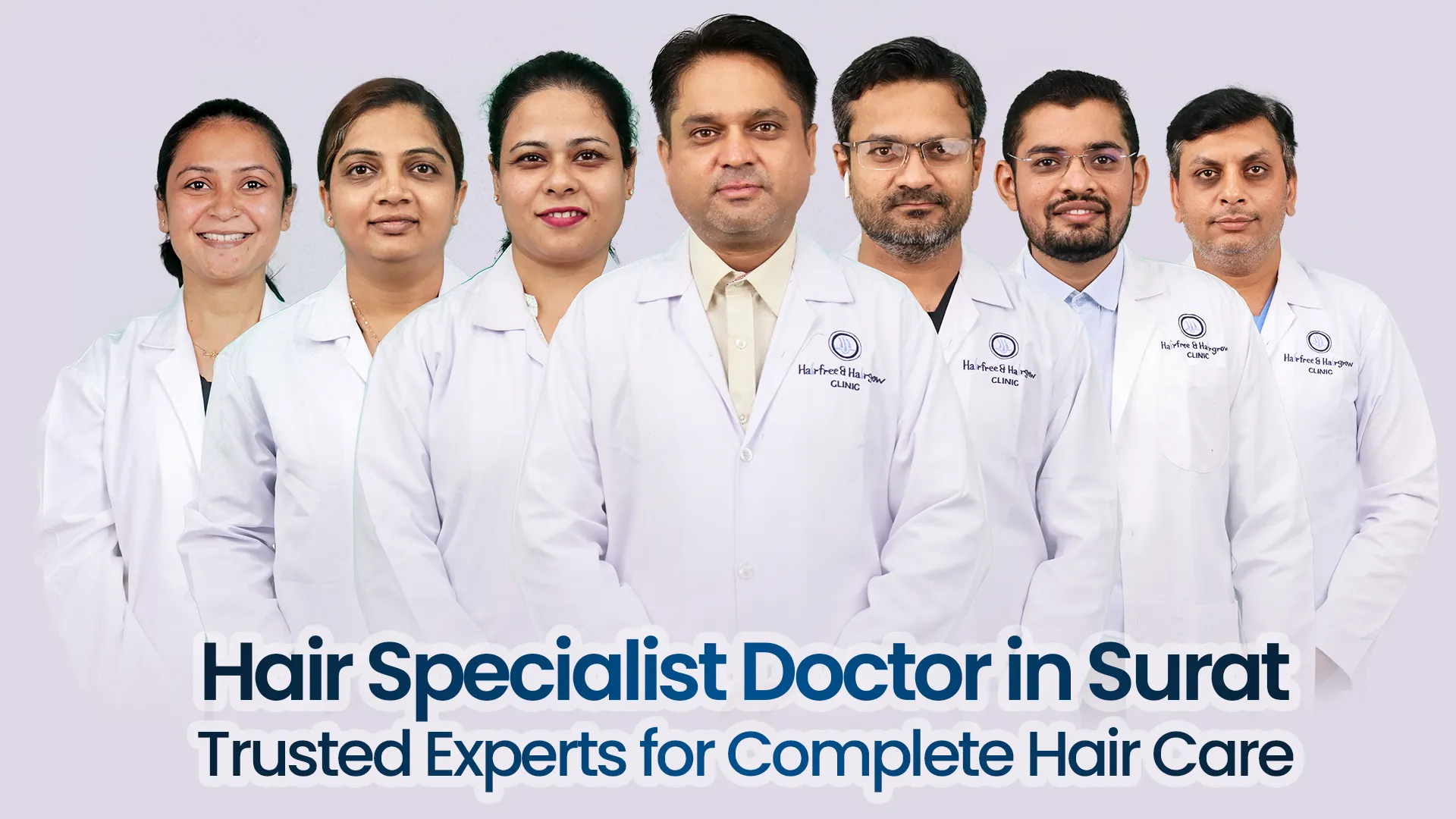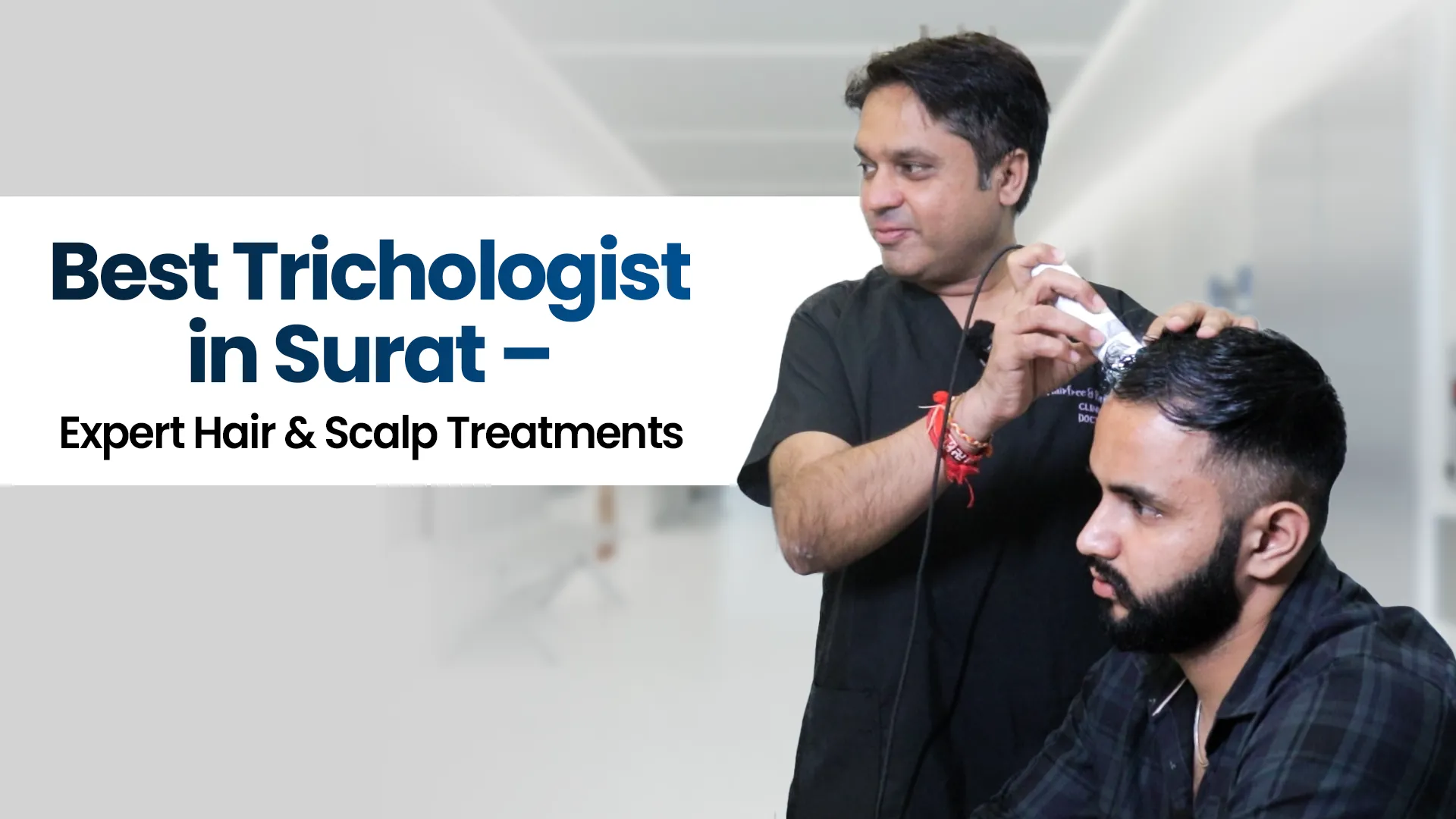Having beautiful and healthy hair is a goal that many of us strive for. One essential aspect of hair care is proper brushing and detangling. However, it’s not just about picking up any brush and running it through your hair. The art of brushing and detangling hair requires specific techniques and tools to achieve knot-free and healthy locks. In this article, we will explore the best practices for brushing and detangling your hair, ensuring its vitality and preventing damage.
Importance of Brushing and Detangling Hair
Brushing and detangling your hair is crucial for maintaining its health and appearance. Regular brushing helps distribute the natural oils produced by your scalp, promoting a healthy shine and preventing oil buildup. It also stimulates blood circulation in the scalp, which can aid in hair growth. Detangling, on the other hand, is essential for removing knots and tangles that can lead to breakage and hair damage if left unaddressed.
Choosing the Right Brush
Selecting the right brush for your hair type is fundamental for effective brushing and detangling. Different brushes serve different purposes. Here are a few options to consider:
- Paddle Brush: Ideal for straight or slightly wavy hair.
- Round Brush: Suitable for creating volume and smoothness during blowouts.
- Wide-Tooth Comb: Great for detangling all hair types, especially curly and coily hair.
- Detangling Brush: Specifically designed to gently remove knots and tangles.
- Boar Bristle Brush: Perfect for distributing natural oils and adding shine to your hair.
Preparing Your Hair for Brushing
Before you start brushing or detangling, it’s important to prepare your hair properly:
- Cleanse: Begin with clean hair to avoid brushing through product buildup.
- Condition: Apply a nourishing conditioner to make your hair more manageable.
- Apply a Leave-In Conditioner: This helps soften the hair and prevent breakage during brushing.
Brushing Techniques for Different Hair Types
Each hair type requires specific brushing techniques to minimize damage and achieve optimal results. Let’s explore the techniques for different hair types:
Brushing Straight Hair
For straight hair, follow these steps:
Start at the ends and work your way up to the roots.
Hold the section of hair you’re brushing to prevent unnecessary pulling on the scalp.
Use long, gentle strokes to avoid breakage.
Brushing Wavy Hair
To brush wavy hair effectively, do the following:
Divide your hair into sections.
Start brushing from the ends and gradually move towards the roots.
Use a paddle brush or wide-tooth comb to maintain the natural wave pattern.
Brushing Curly Hair
Curly hair requires special care. Here’s how to brush it correctly:
Apply a leave-in conditioner or detangling spray.
Start at the ends and gently work your way up using your fingers or a wide-tooth comb.
Avoid brushing vigorously, as it can disrupt the curl pattern.
Brushing Coily Hair
Coily hair is prone to tangling. Follow these steps for effective brushing:
Divide your hair into smaller sections.
Use a detangling brush or a wide-tooth comb to gently remove knots.
Apply a leave-in conditioner or hair oil to add slip and ease the detangling process.
Detangling Methods
In addition to brushing, there are various detangling methods you can employ to achieve knot-free hair. Consider these options:
Finger Detangling
Finger detangling involves using your fingers to separate knots and tangles gently. It’s a natural and effective method, especially for curly and coily hair.
Wide-Tooth Comb
A wide-tooth comb is a versatile tool for detangling. It helps minimize breakage and evenly distributes conditioner or detangling products through your hair.
Detangling Brush
Designed specifically for detangling, a detangling brush has flexible bristles that glide through your hair, removing knots without causing damage.
Detangling Spray
Using a detangling spray can make the detangling process easier by adding slip and moisture to your hair. Spray it on your knots and tangles before brushing or finger detangling.
Best Practices for Knot-Free Hair
To achieve knot-free hair and maintain its health, follow these best practices:
Start from the Ends
Always start brushing or detangling from the ends of your hair and gradually work your way up. This approach prevents unnecessary pulling and breakage.
Use Gentle Strokes
Avoid brushing or detangling your hair forcefully. Instead, use gentle strokes to untangle knots and prevent damage.
Divide and Conquer
If you have long or thick hair, divide it into sections and brush or detangle one section at a time. This method ensures thorough detangling and reduces strain on your hair.
Be Patient
Rushing through the brushing or detangling process can lead to more tangles and breakage. Take your time and be patient to achieve the best results.
Avoid Brushing Wet Hair
Wet hair is more susceptible to damage, so it’s best to avoid brushing it immediately after washing. Instead, use a wide-tooth comb or your fingers to detangle gently.
Maintaining Hair Health
Apart from proper brushing and detangling, there are additional practices you can incorporate into your hair care routine to maintain its health:
Regular Trims
Trimming your hair regularly helps prevent split ends and breakage, promoting healthier hair growth.
Deep Conditioning
Deep conditioning treatments nourish and moisturize your hair, making it more manageable and less prone to tangling.
Minimize Heat Styling
Excessive heat styling can damage your hair and cause it to become brittle and prone to breakage. Limit the use of heat styling tools and always apply a heat protectant before styling.
Protect Your Hair at Night
Using a satin or silk pillowcase or wrapping your hair in a silk scarf before bed can prevent friction and minimize tangles while you sleep.
Conclusion
Brushing and detangling your hair properly is essential for maintaining its health and achieving knot-free, beautiful locks. By following the best practices outlined in this article and using the right tools, you can ensure that your hair remains healthy, vibrant, and free of knots. Remember to be patient, gentle, and consistent in your hair care routine, and you’ll enjoy the benefits of healthy, manageable hair.
Written By
MBBS, DVD (Skin & VD)
Dr. Ankit Jain, a leading trichologist, specializes in hair health and maintenance. His expertise in brushing and detangling hair has revolutionized daily hair care routines. Dr. Jain’s innovative techniques and evidence-based approach help patients achieve knot-free, healthy locks while minimizing damage and breakage.
Disclaimer
We’ve made all possible efforts to ensure that the information provided here is accurate, up-to-date and complete, however, it should not be treated as a substitute for professional medical advice, diagnosis or treatment. See Detailed Disclaimers Here.





